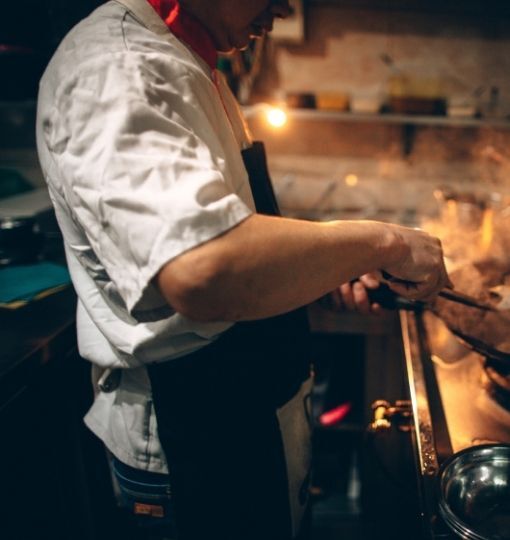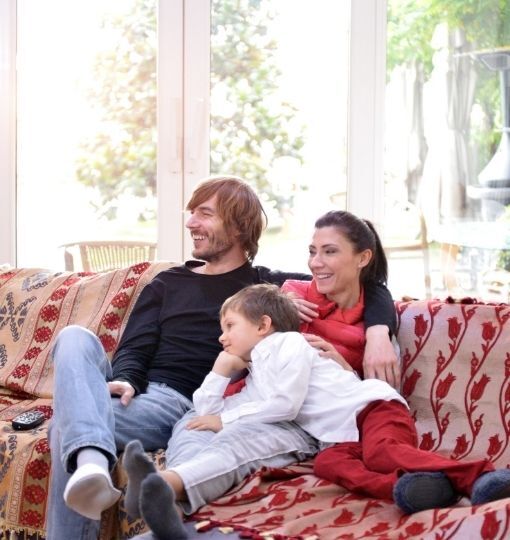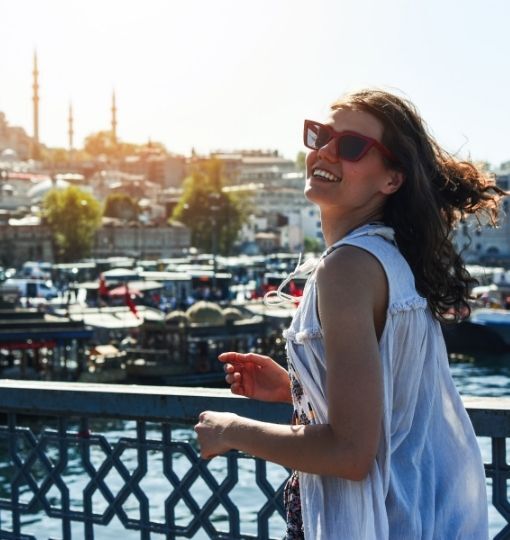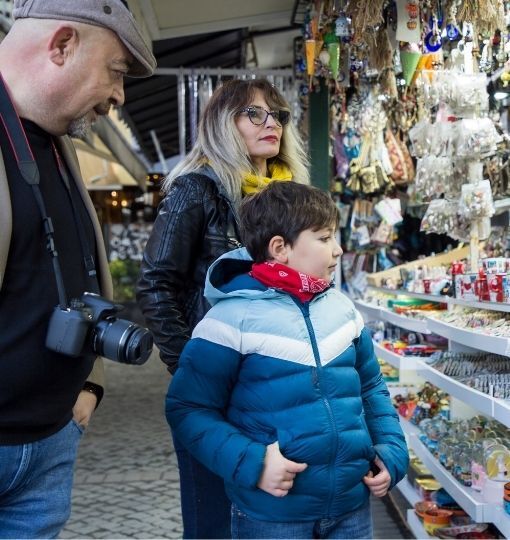Istanbul is a centre for different cultures including religions. There are 158 historic churches in Istanbul and many of them are still active. Churches are very important in the city's historical significance.
Historically, Christianity has been practised in Istanbul since the 4th century. Numerous churches exist in Istanbul, belonging to different sects, denominations, and nations including Greek, Armenian, Bulgarian and Italian. We picked the top 5 churches in Istanbul for you to visit.
Serene and Unassuming
Saint Antoine Catholic Church
The Church of St. Anthony of Padua, alternatively known as Saint Antonio di Padova, is the largest Catholic church in Istanbul, Turkey. It is located on İstiklal Avenue in the Beyoğlu district of Istanbul. It is an absolutely beautiful Church which was built by the Italian people of Istanbul in the early 18th century.
The Church has been run by Italian priests but there are masses in different languages. On Sundays and Saturdays, there are masses in Italian, Polish, English and in Turkish. Except for the masses, you can visit this Church 7 days a week. It is a must-see when you are in the Taxim area so get ready to be amazed.
the Church of the Holy Trinity
Hagia Triada Greek Orthodox Church
The Hagia Triada is a Greek Orthodox church in Istanbul where the religions meet. The Church was built in 1880 and is regarded as the largest Greek Orthodox sanctum in Istanbul today. It is still in use by the Istanbul Greek community.
The church is in the district of Beyoğlu, near Taksim Square and easy to visit. It is a beautiful masterpiece and a delightful surprise to come across in Istanbul. The garden of the church is also beautiful and tranquil. It is a popular church to visit so don't miss it when you are in Istanbul.
House of the First among Equals
St. George Church in Fener & the Fener Greek Patriarchate
This amazingly beautiful church is located in the Fener neighbourhood in Istanbul. It is called Aya Yorgi, you may need the Turkish name for asking directions. The church is the principal Eastern Orthodox cathedral and since the 17th century, it has been the seat of the Ecumenical Patriarchate of Constantinople whose leader is considered the primus inter pares (first among equals) in the Eastern Orthodox Church. The Patriarch is the spiritual leader of millions of Orthodox Christians worldwide.
The church is open to visitors every day from 8.00 am to 4.30 pm. The St. George’s Church is also visited by pilgrims from all Orthodox countries. It looks plain from the outside but inside it is absolutely beautiful. Don’t miss it if you are in Istanbul.
The Iron Church
Bulgarian Orthodox Church
The Bulgarian St. Stephen Church is located in Balat, Istanbul. It is also called the Iron Church because it is famous for its iron elements The church still serves the Bulgarian minority in the city. It is called Aya Istefanos in Istanbul, you may need to know this name for asking directions from locals.
It is one of the most beautiful churches in Istanbul! The church’s garden is full of green plants and fruit trees. It has a beautiful Golden Horn view also. It is beautiful from the outside but also the inside of the church is amazing with gorgeous icons and murals. It is a must-see in Istanbul.
The Oasis of a Megalopolis
The Church of Saint Mary of Blachernae
The Church of Saint Mary of Blachernae is known as Meryem Ana Church in Turkish. It is an Eastern Orthodox church in the Fatih district of Istanbul. It is one of the oldest churches in Istanbul as its construction is considered to start in 450 BC near a holy water spring.
The church has a beautiful garden and it is absolutely peaceful Don’t forget to bring an empty bottle with you when you visit. So you can take some holy water with you!
Extra: Don't forget to visit Hagia Sophia
Get ready to explore 1500 years of history with Hagia Sophia. Hagia Sophia is one of the most visited attractions in Istanbul! It will amaze you with its magnificent architecture, history, and ambience. You will feel the Christian and Islamic history lay there side-by-side while discovering Hagia Sophia!
Visiting Hagia Sophia with Istanbul Tourist Pass’s informative guides will make everything easy for you! Check out our Guided Tours Timetable and add Hagia Sophia to your Istanbul itinerary today!
There are many to see in Istanbul. With Istanbul Tourist Pass you can see many places and join 100+ attractions for FREE. Check this special pass, easy to buy and even easier to use.

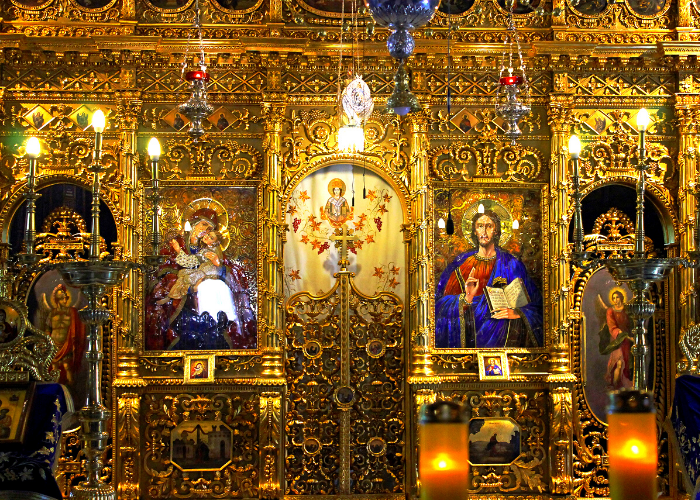
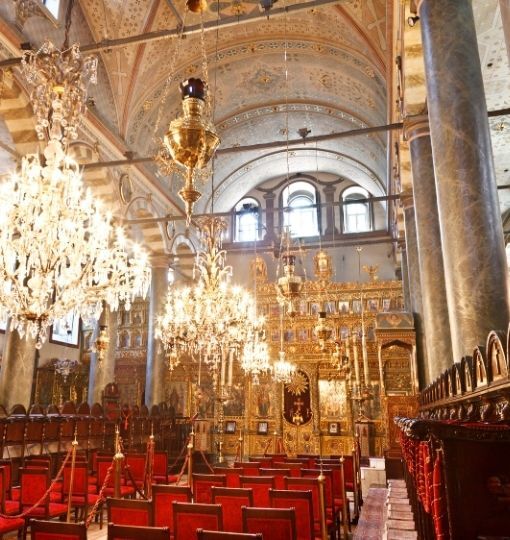

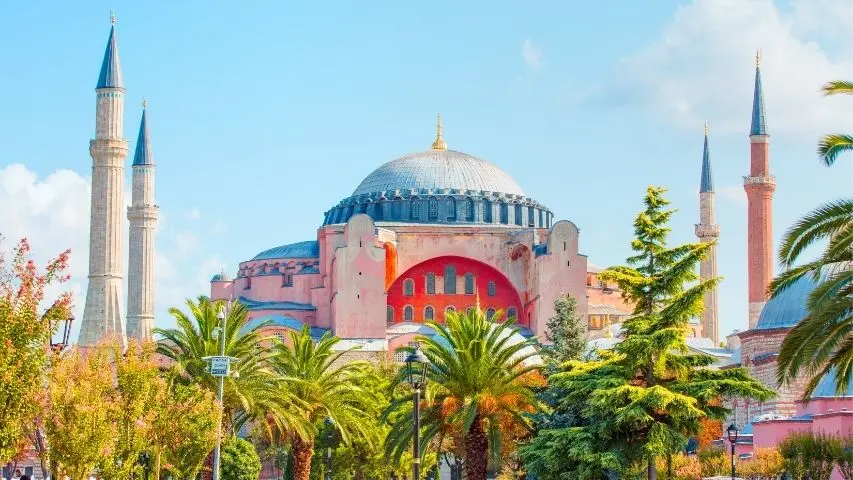
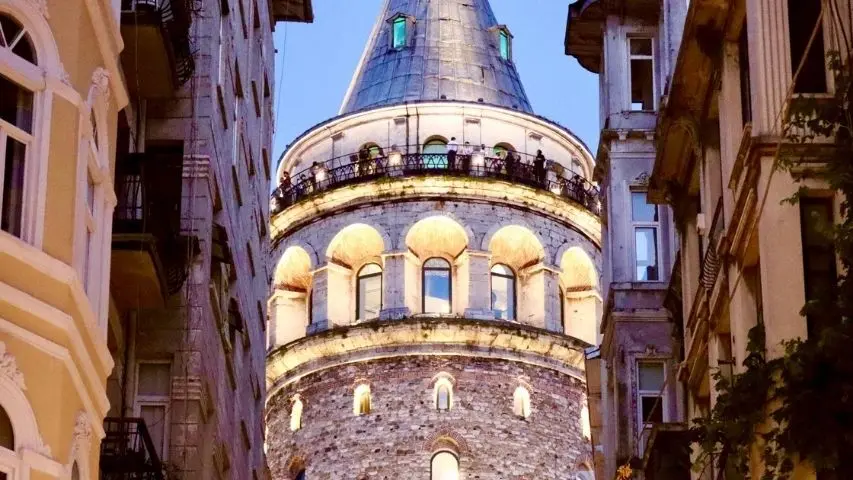
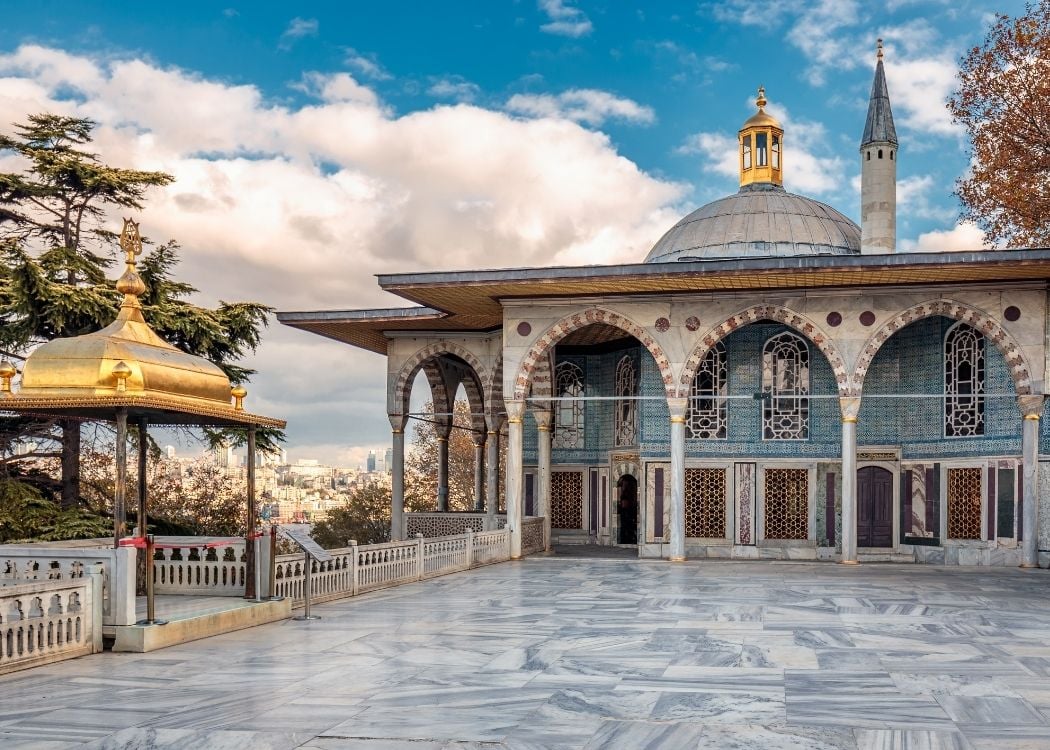
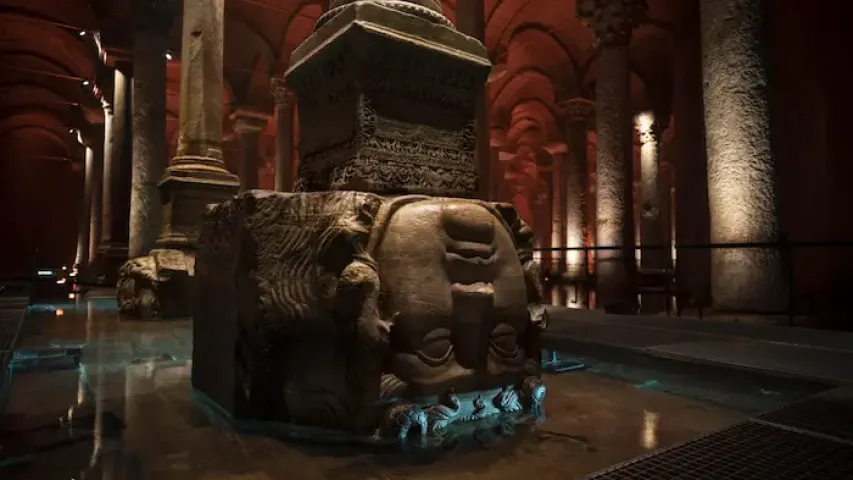
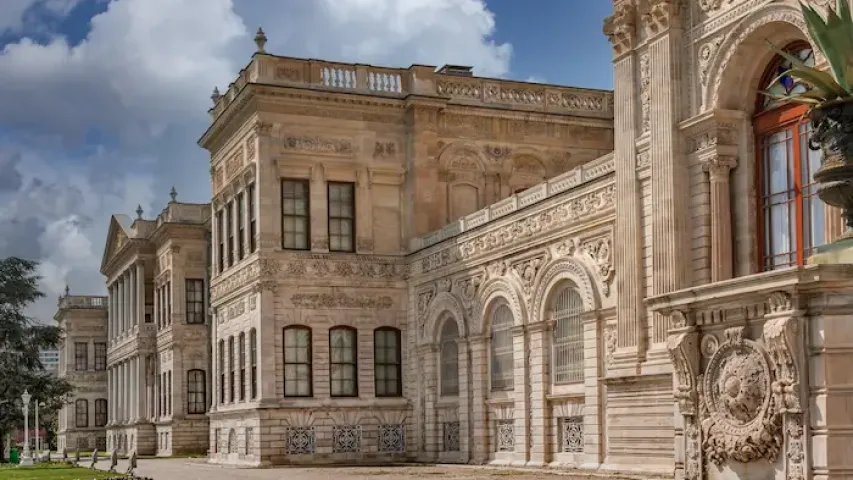
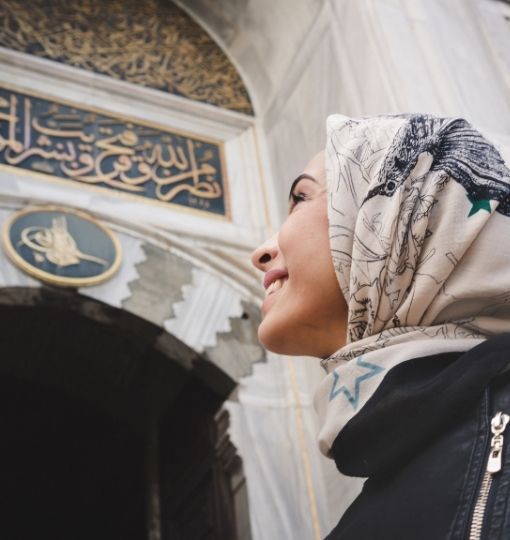
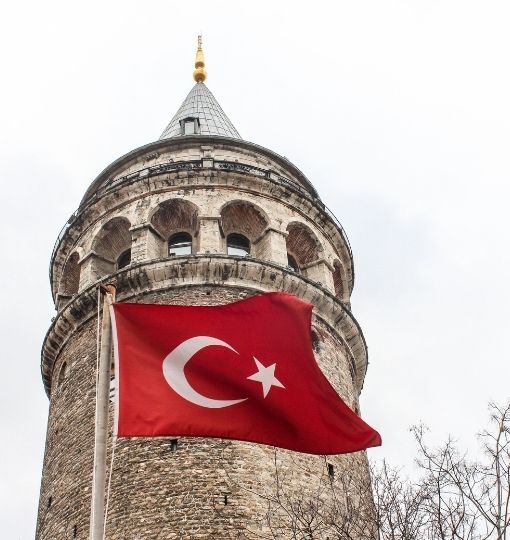



.jpg)
